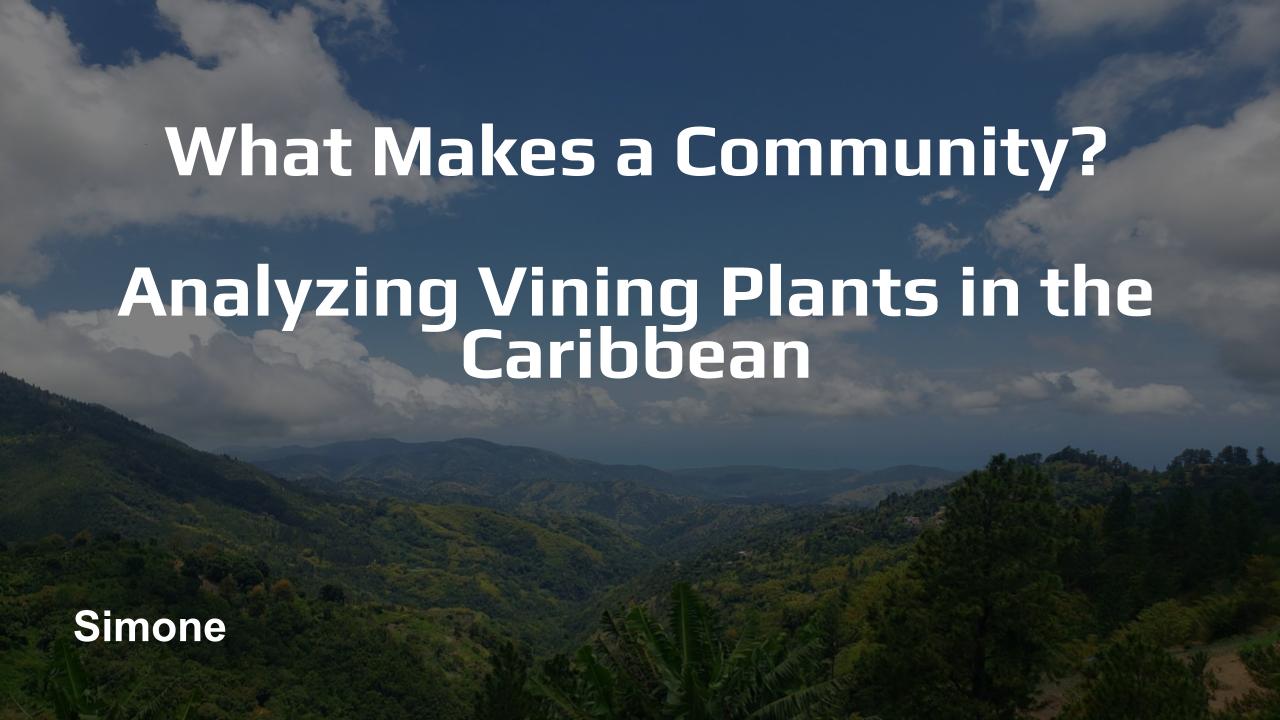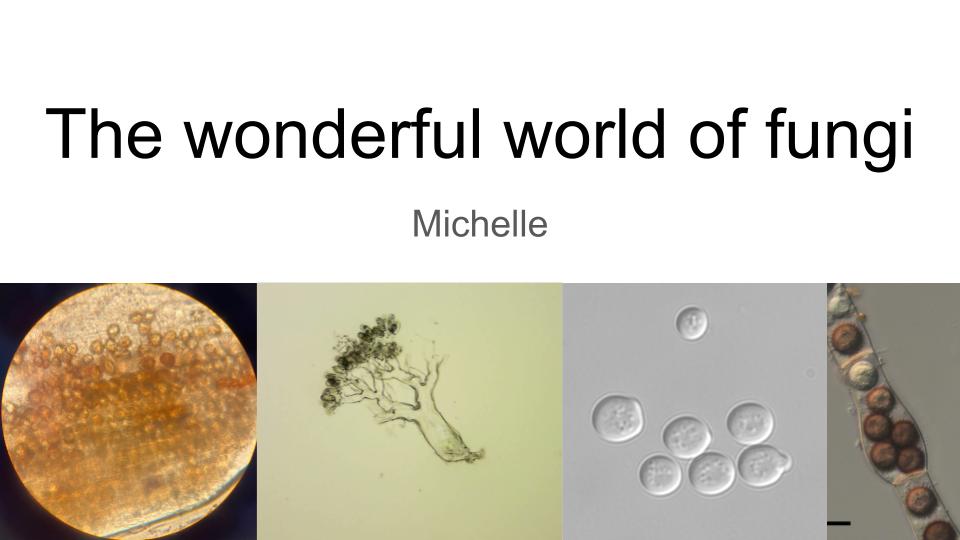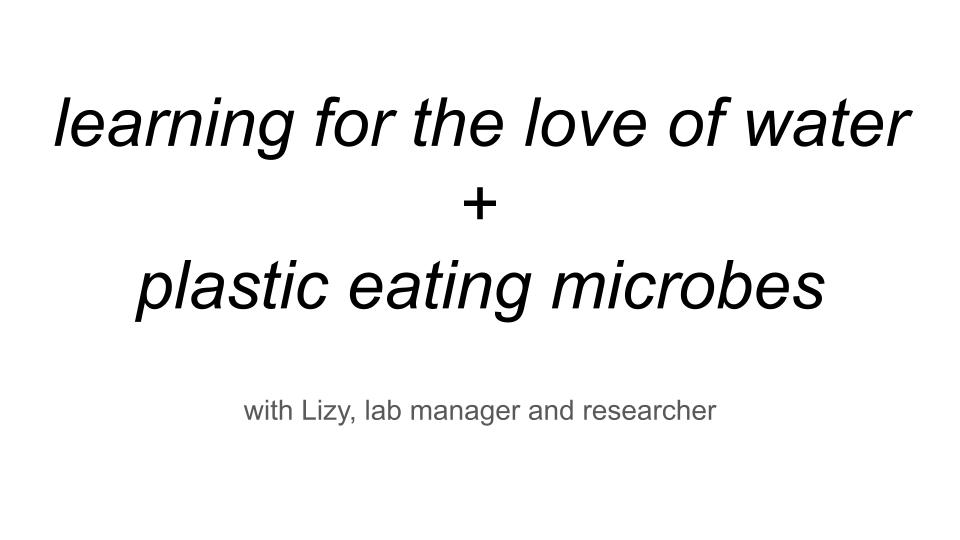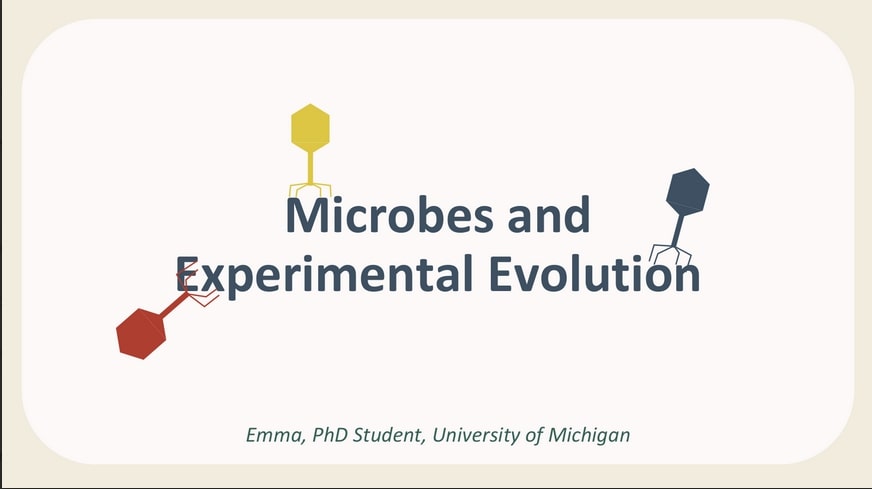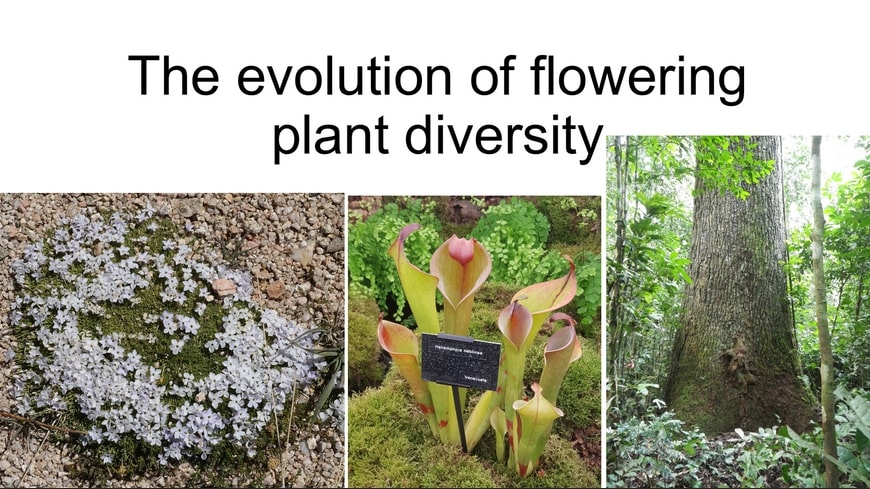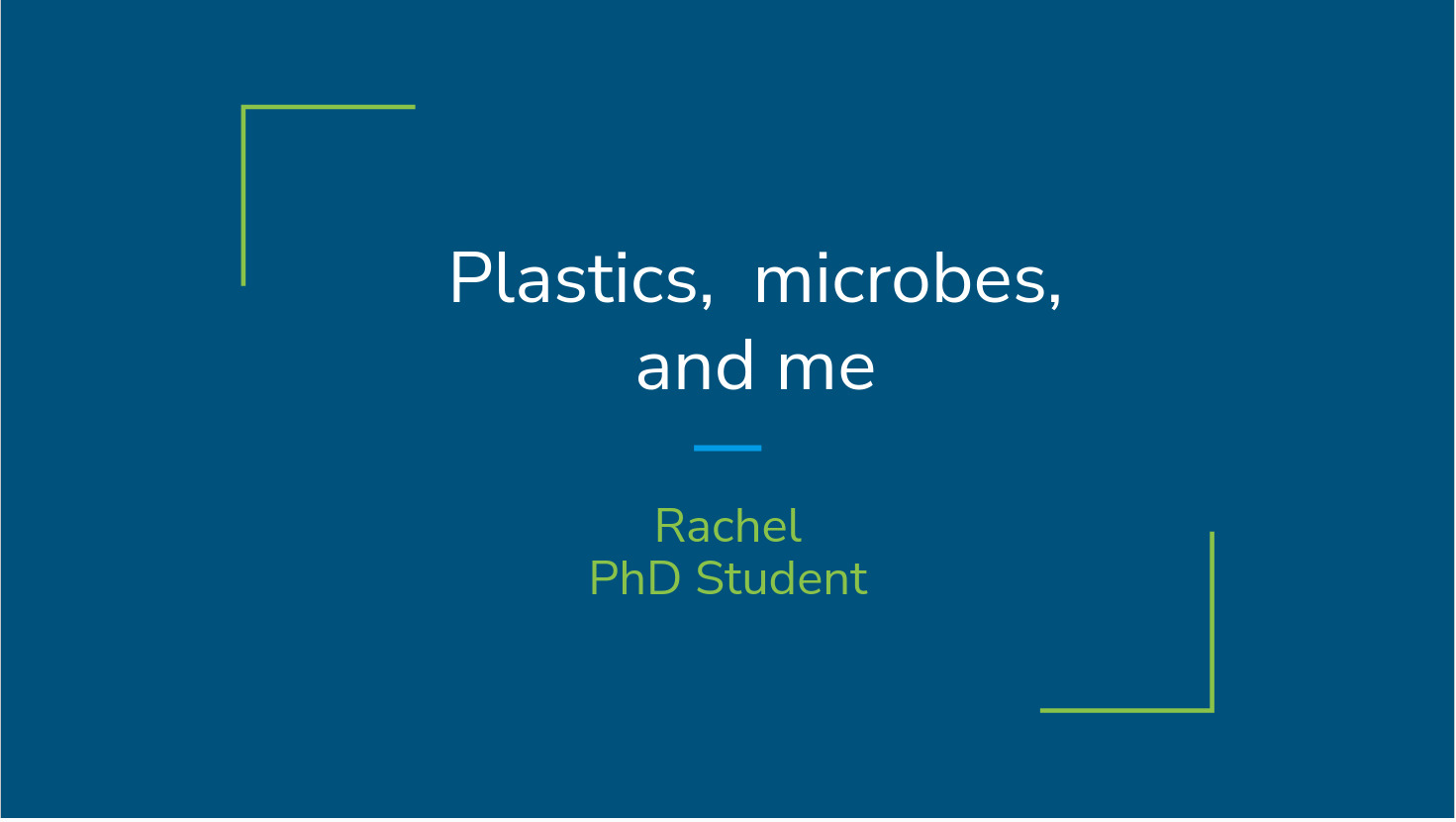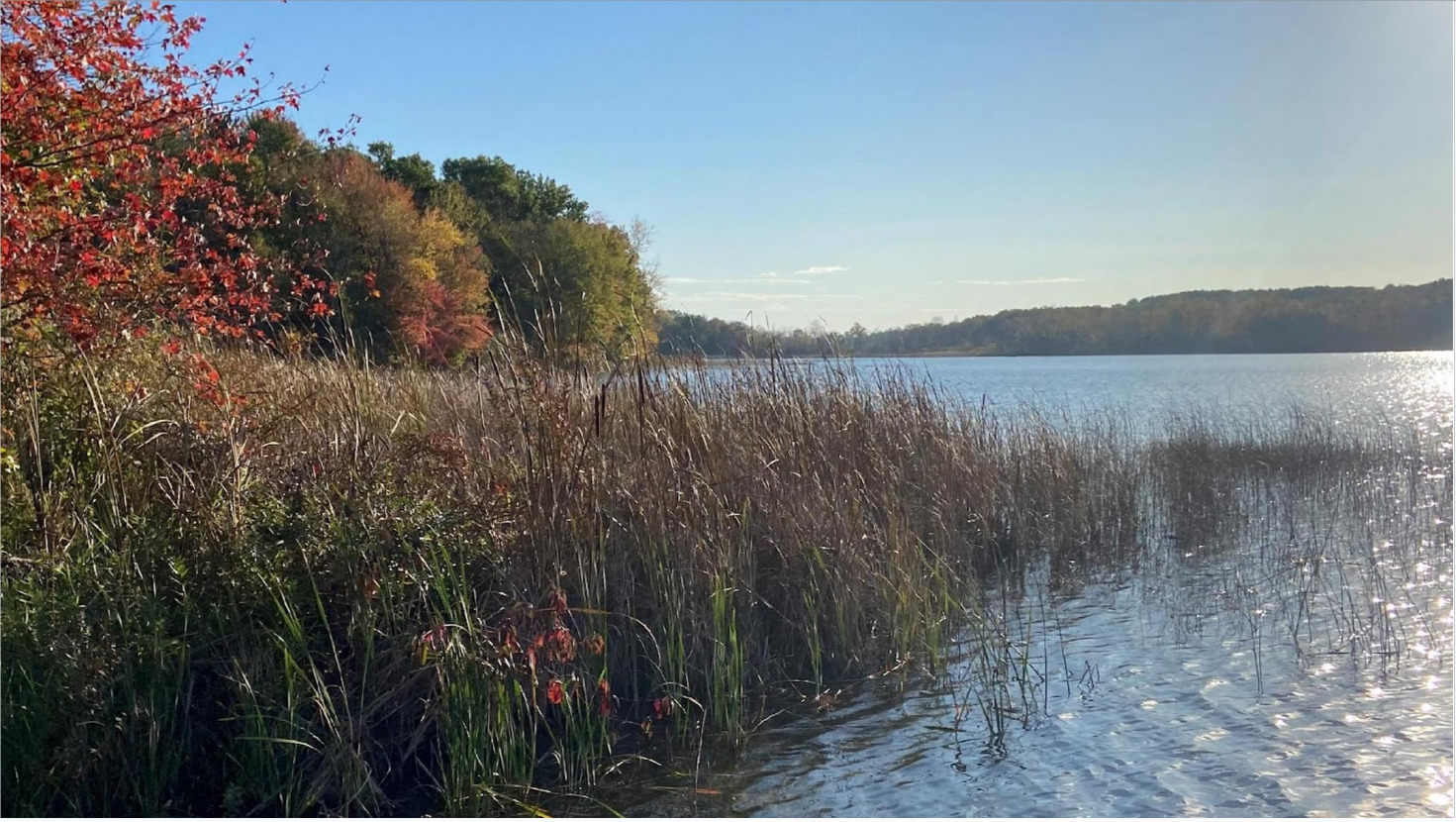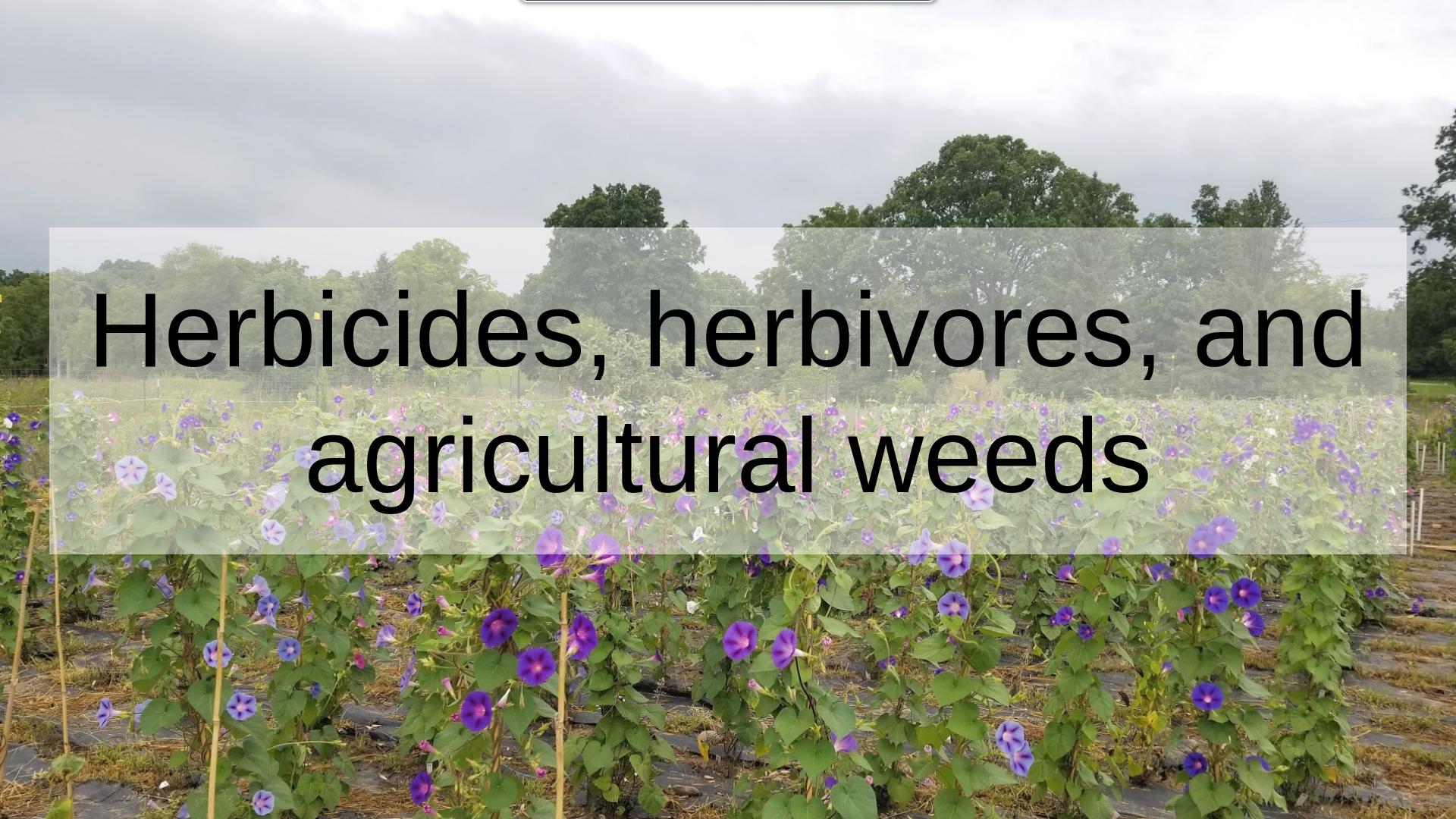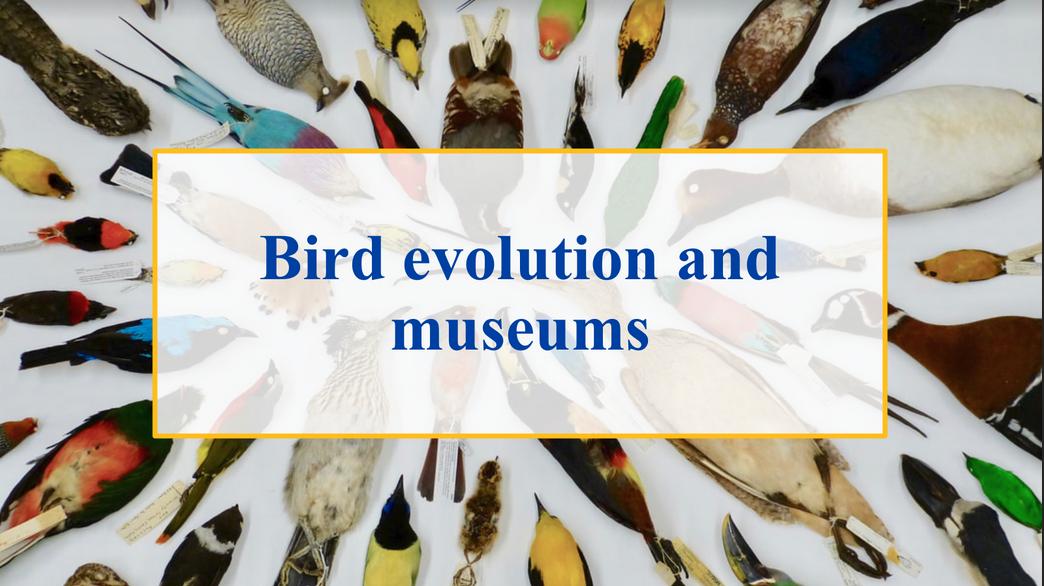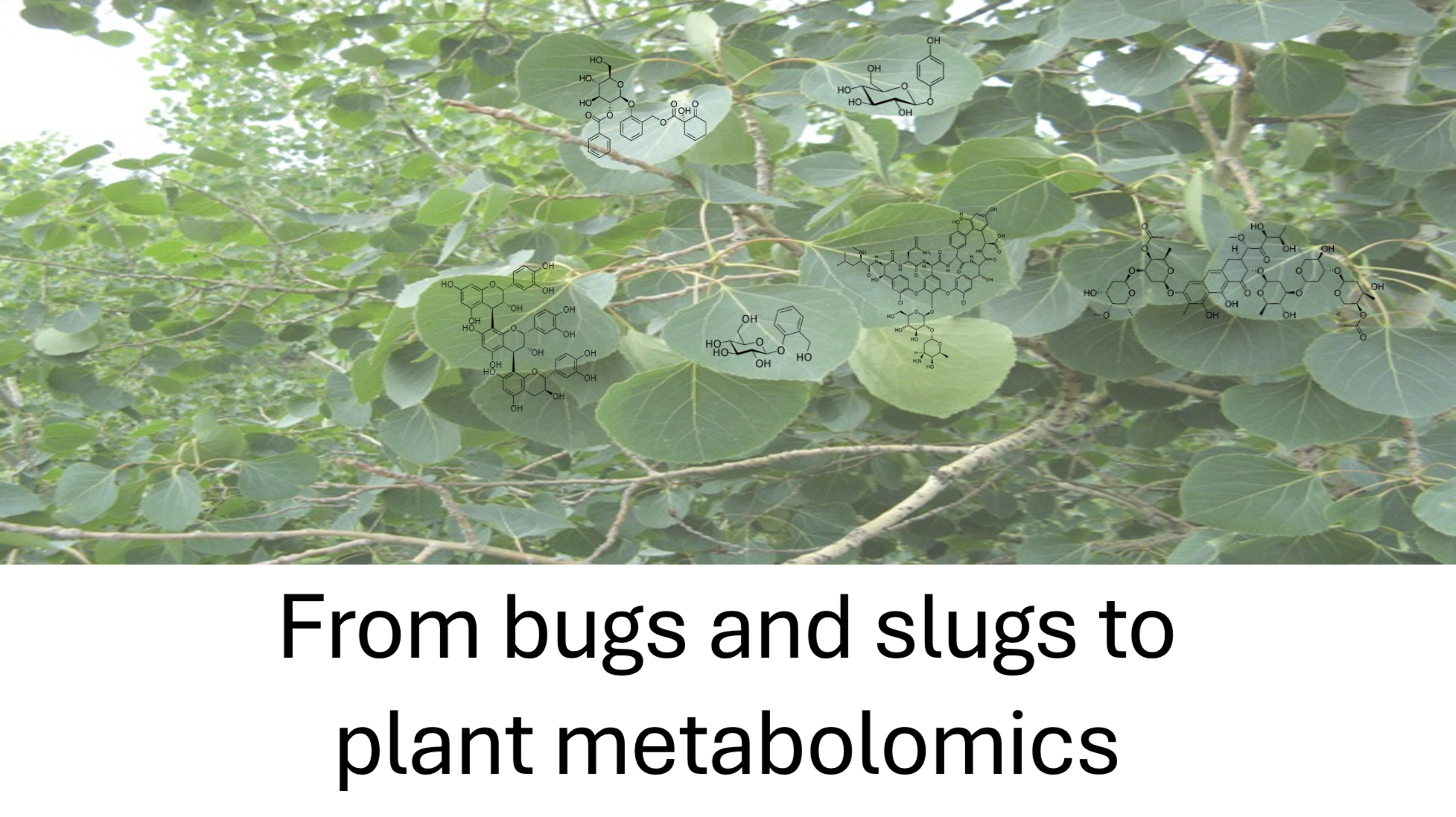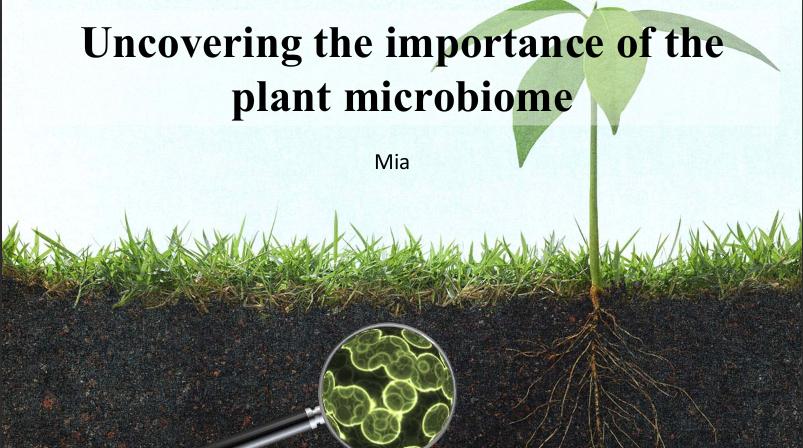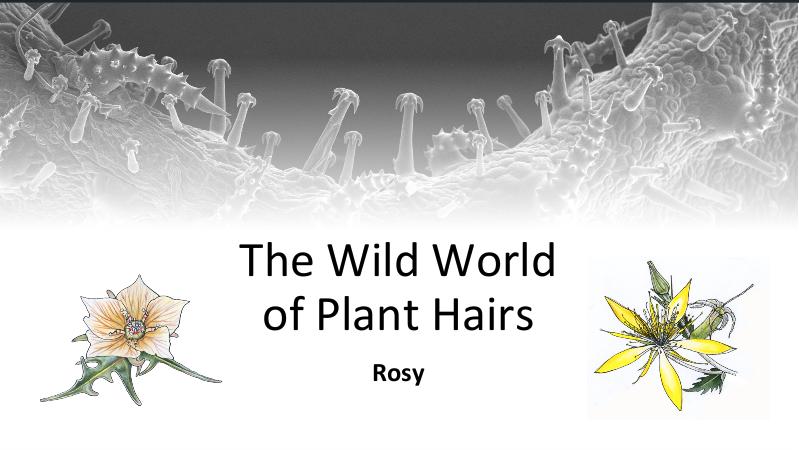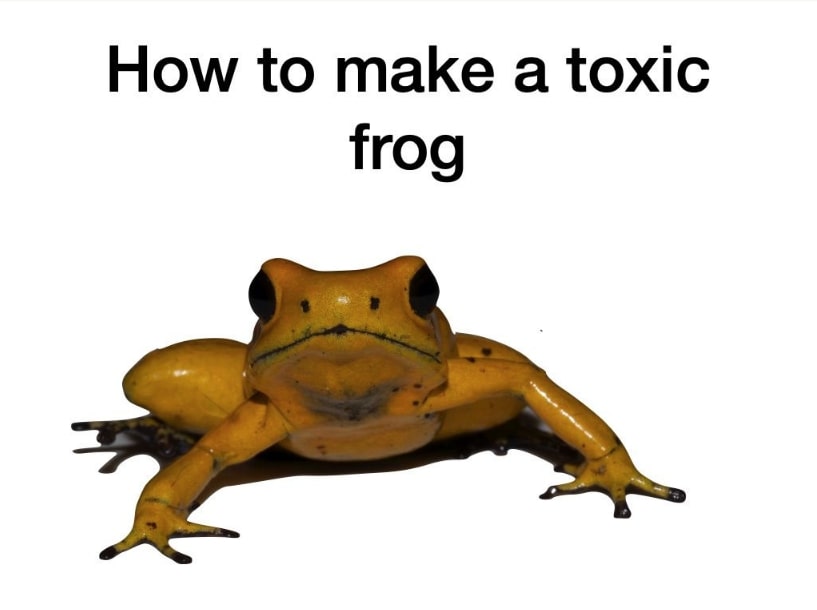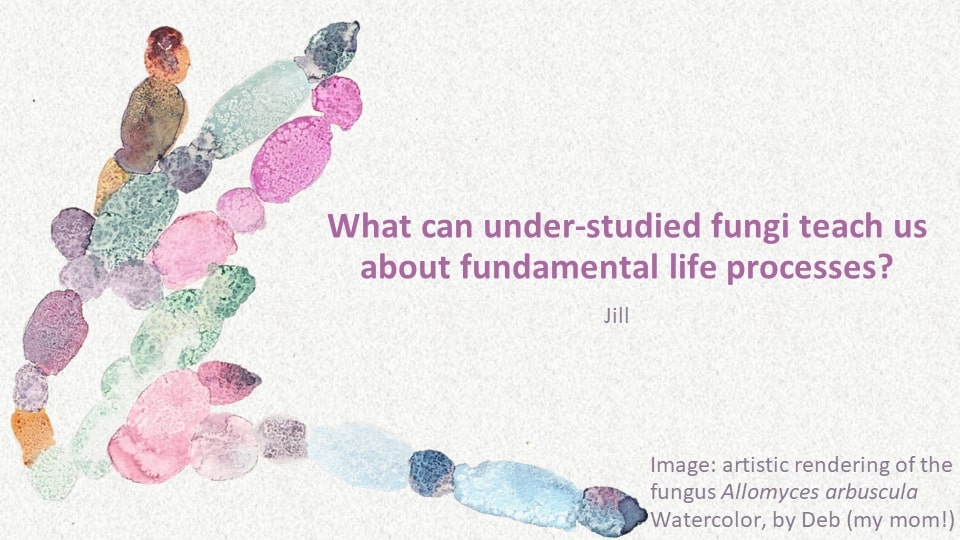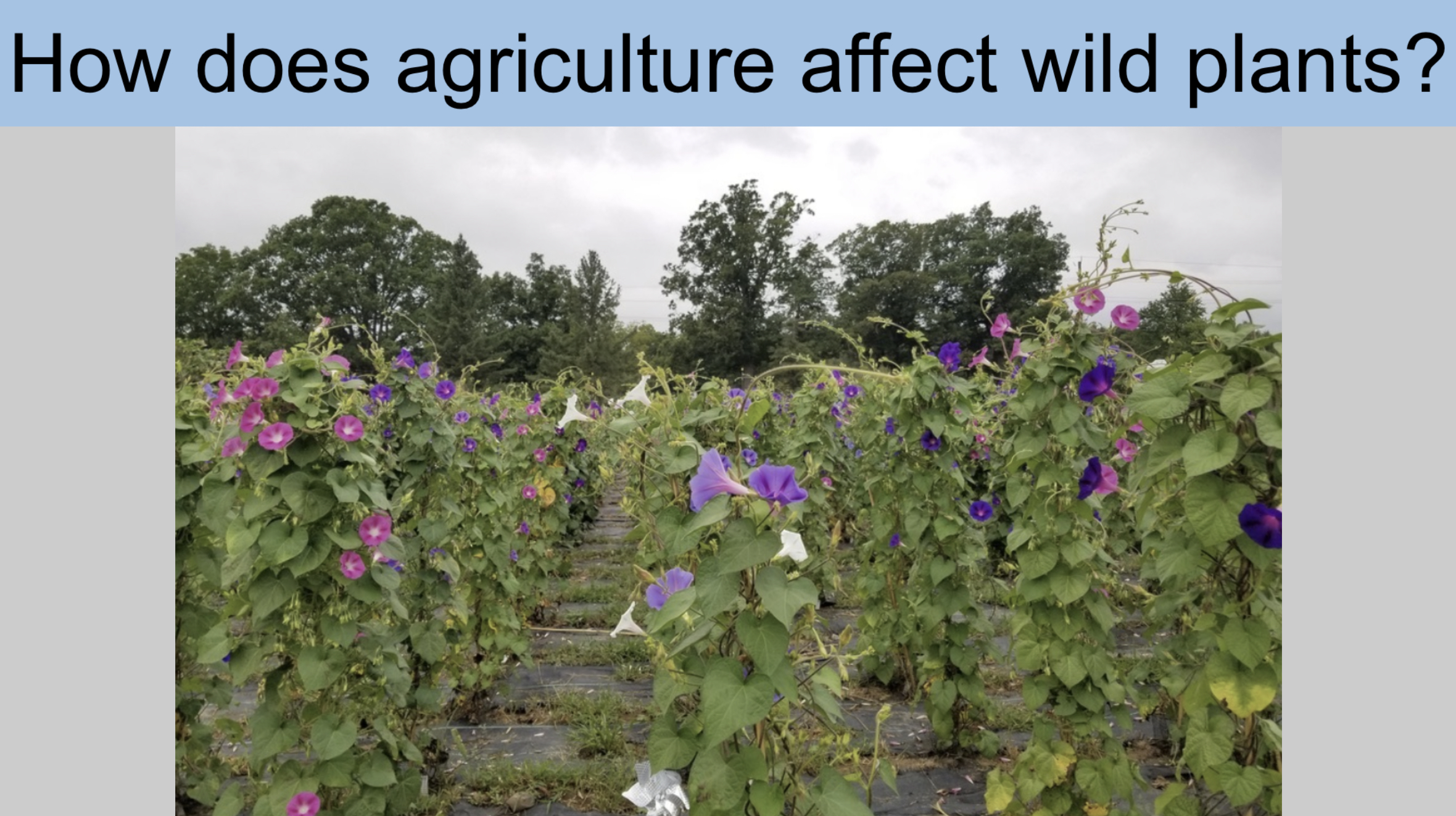bI/O is a prison seminar outreach program coordinated by scientists at the University of Michigan to engage with the Parnall Correctional Facility in Jackson, MI. We work with prison officials to schedule sessions 2-3 times per semester. Each session, a panel of 3 researchers present a 15-20 minute talk about their science and career path in a seminar-style format. Organizers workshop presentation materials with presenters to make sure it is accessible and follows the strict guidelines of the correctional facility. After the talks, we open up for a discussion panel where incarcerated students will be able to ask us further questions about science, careers, etc.
See below for a listing of our past and upcoming seminars and presenters.
April 2025

What Makes a Community? Analyzing Vining Plants in the Caribbean

The wonderful world of fungi
Michelle
| Ecology and Evolutionary Biology
| 🔗
|
»
My talk starts with my road to research and how that led me to the University of Michigan studying poorly understood and even more poorly sampled fungi. I focus my attention on the phylum Blastocladiomycota, which houses fungal pathogens that parasitize insects such as ants and mosquito larvae. My work aims to characterize these fungi through the use of genomic tools to better understand fundamental processes. (less)

learning for the love of water + plastic eating microbes
February 2025

Could You Eat Alien Meat? How we can explore our world and beyond using experimental evolution.
Emma
| Ecology and Evolutionary Biology
| 🔗
|
»
There is a common misconception that evolution is limited to slow changes taking place over millions of years. Using microbes (like the gut bacteria E. coli!), we can ask and answer evolutionary questions over the course of months instead of hundreds of thousands of years. This talk highlights what makes microbes so good as a medium for learning more about evolution, as well as how we can use these systems to solve modern day problems. (less)

Evolution of social cognition and behavior in nonhuman primates
Rosa
| Biopsychology
| 🔗
|
»
My research focuses on the evolution of social cognition and behavior, particularly in relation to social dominance and ownershiplike behavior. By studying closely related primate species, we can identify evolutionarily conserved traits and cognitive abilities. In this talk, I will present three studies examining how rhesus macaques understand dominance and use dominance cues to guide social decisions. My current findings reveal that social cues elicit greater gaze following than non-social cues, adult monkeys potentially use relative size as an abstract cue of dominance, and individuals vary widely in their ability to establish possession over valuable resources. (less)

The evolution of flowering plant diversity
Tom
| Ecology and Evolutionary Biology
| 🔗
|
»
I'll talk about my journey to becoming an evolutionary biologist - from southern England to Michigan - and some interesting evolutionary biology I've worked on along the way. This includes trying to better understand why over 300 close relatives of sweet-potato have evolved in South America, and understanding the evolutionary changes required for tropical plant lineages to become adapted to cold environments. I'll finish by looking forward to plans to develop new methods to answer these questions better. (less)
December 2024

What do temperature, daphnia, and parasites have to do with each other?
Kira
| Ecology and Evolutionary Biology
| 🔗
|
»
My presentation was about how microscopic animals called Daphnia that live all over the local lakes of Michigan get infected with parasites. When we get sick our bodies can warm us up and give us a fever to try and kill what is making us sick. Daphnia don’t have that; they are at the whim of the water temperature. My research explored how water temperature could impact parasite infection in Daphnia. (less)

Skulls and spines: body shape evolution in lizards and snakes
Natasha
| Ecology and Evolutionary Biology
| 🔗
|
»
Major shifts in body plan have generated spectacular new forms across the tree of life. However, they usually occur only once or a handful of times, limiting the evolutionary questions that can be asked. Limb reduction, including intermediate forms and complete limb loss, has occurred more than 50 independent times in squamates (lizards and snakes) and is associated with many other shifts in morphology. Using CT scans of natural history specimens, I investigate how groups of limb-reduced lizards have converged on similar skull morphologies and then ask why snakes have become the most diverse group of legless 'lizard'. (less)
September 2024

Intro to Scientific Software
Matthew
| Ecology and Evolutionary Biology, Complex Systems, Michigan Institute of Data Science
| 🔗
|
»
What types of computer programming is needed for science? These days, most researchers rely on at least some computer coding for data analysis, simulations, and problem solving. Outside of science, computer programming is becoming a more and more useful skill, too. Getting started isn't as hard as you might think. In this talk, we'll demystify what computer programming is and what it's like to write computer programs. We'll also discuss online communities programmers rely on for problem-solving and learning, and highlight the highly-collaborative world of open source software. Many coders around today got their start with programming as a secondary or later-in-life skill, and we'll close by overviewing a few common paths to getting started learning how to program. (less)

Herbicides, herbivores, and agricultural weeds
Grace
| Ecology and Evolutionary Biology
| 🔗
|
»
Agricultural weeds are a significant threat to global food security because they can greatly reduce crop yield. To combat this problem, farmers generally rely on chemical herbicides. This has led to the evolution of herbicide resistance in many weedy species, reducing the effectiveness of herbicide as a form of weed control. But weeds don't exist in a vacuum; in addition to herbicide, they must contend with natural insect herbivory. Using the common morning glory, I investigate how resistance to herbicide and herbivory may affect plant ecology and evolution, as well as the molecular mechanisms underlying these forms of resistance. By better understanding how weeds respond to multiple stressors, we can improve management methods and reduce the impact of weeds on agricultural yield. (less)

Bird evolution and museums
Kristen
| Ecology and Evolutionary Biology
| 🔗
|
»
Natural history museums are institutions for public education and scientific research. In this talk, I discuss two different branches of research on avian evolution utilizing natural history collections. First, a long-term series of migratory bird specimens salvaged by volunteers in Chicago reveals assemblage-wide morphological changes in bird size and shape in response to global warming. Second, genomic studies of Neotropical tanagers reveal how qualitatively different landscapes promote speciation, with stable and more effective barriers in the tropical Andes mountains driving elevated levels of population divergence relative to the dynamic and less effective river barriers in adjacent lowland Amazonia. (less)
April 2024

From bugs and slugs to plant metabolomics
Abbey
| Founding/Lead Organizer | Ecology and Evolutionary Biology, Synthesis of Metabolomics in Life Sciences and Ecology (sMiLE)
| 🔗
|
»
Chemical defenses are found in all plant life, with some species producing hundreds to thousands of unique compounds. In my research, I am interested in how these chemicals influence the interactions between plants and the organisms that eat them - namely insect herbivores. Scientists have hypothesized that higher biodiversity and population sizes in tropical regions near the equator should result in increased plant defenses (like chemistry) against more diverse and dense populations of insect herbivores. My research tests this hypothesis in the North American tree trembling aspen and finds evidence that chemical defense is indeed higher towards the equator. These results have broad implications for human use of plant defensive chemicals including pharmaceutical discovery, agricultural pest resistance, and the future of these services in the face of climate change. (less)

Intelligence in paper wasps!
Juanita
| Ecology and Evolutionary Biology
| 🔗
|
»
One of the main hypotheses for the evolution of cognition suggests that social dynamics became so complex that it became necessary to learn and remember individuals. It's further unclear if this leads towards specific cognitive domains or generalized cognition. I tested two populations of wasps that can and cannot individually recognize conspecifics across many cognitive domains in order to understand if differences in social cognition would also impact other cognitive domains. I found that only social cognition was impacted thus suggesting that individual recognition evolved as a specific cognitive ability in paper wasps. (less)

Where in the world did your ancestors live?
Zach
| Ecology and Evolutionary Biology
| 🔗
|
»
Where did your ancestors come from? How have they moved across the planet, and what information can we use to answer these questions? In this talk, I examine two ubiquitous patterns in nature: the increase in pedigree ancestors you have backward in time, and the rapid rate at which your ancestors disperse across the planet. Coupling these, we can generate mathematical models for predicting the barriers to movement, how big historical population sizes were, and the geographic origin of the human species. (less)
February 2024

Uncovering the importance of the plant microbiome
Mia
| Ecology and Evolutionary Biology
| 🔗
|
»
Microorganisms are everywhere, from the soil beneath your feet to inside the bodies of plants and animals. Despite their abundance, we are still understanding the important functions microorganisms play in host ecology and evolution. My research explores how soil-dwelling microbes can help plants cope with stresses such as drought and protect themselves against herbivore attacks. By expanding our understanding of the microbial world beneath our feet, we may be able to develop more effective and sustainable agricultural practices. (less)
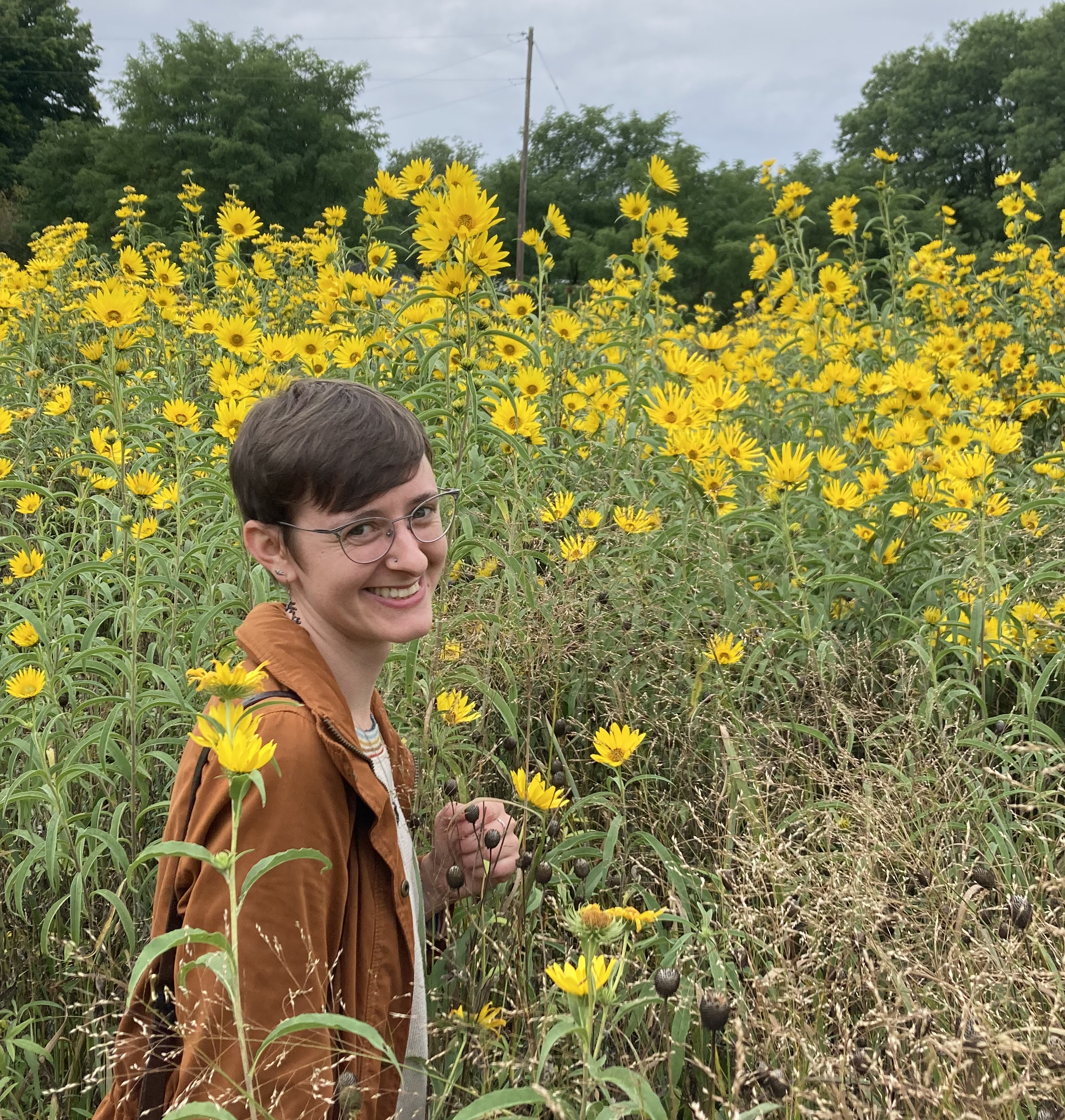
The Wild World of Plant Hairs
Rosy
| Ecology and Evolutionary Biology
| 🔗
|
»
Plants can't run away from the things that want to eat them, but they can still defend themselves! Many plants do this by producing hairs, technically known as trichomes, that damage, catch, or even poison potential plant consumers. Trichomes come in all shapes and sizes, but we know surprisingly little about how they function and evolve over time. My research focuses on the elaborate barbed trichomes produced by a group of plants called “stickleafs” or “blazingstars” (family Loasaceae). I study how they vary across species and how they help the plants defend themselves. Along the way, I've learned a lot about plant-insect interactions, survival in harsh environments, and the extraordinary diversity of life on earth. (less)

Bird Migration
Andrea
| Ecology and Evolutionary Biology Frontiers
| 🔗
|
»
Learning about the whereabouts of birds throughout their migration journeys is important to identify locations for conservation since many populations are experiencing declines. Range maps and geolocators are two ways to do this, and in my master's thesis, I compared both methods to see how well they characterized avian movement patterns. I also talked about my background, how I got to graduate school, and organizations I'm interested in working for when I graduate. (less)
November 2023
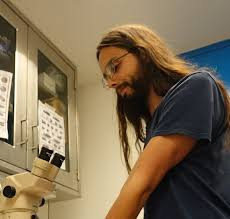
How to make a toxic frog?
Roberto
| Ecology and Evolutionary Biology
| 🔗
|
»
Animals use toxins for a variety of purposes, such as avoiding predation or hunting prey. However, in order to do this, they need to be able to avoid their own toxin's noxious effects. In this talk I first discuss my work on how poison frogs are able to resist their own powerful toxins, and what this can teach us to successfully and safely use toxins for human purposes, such as medicine and agriculture. Second, I share some of the "daily life" aspects of my job as a scientist, as well as some of the common career paths taken by people with a STEM education. (less)

What can under-studied fungi teach us about fundamental life processes?
Jill
| Ecology and Evolutionary Biology
| 🔗
|
»
Much of Fungal diversity has been underappreciated, and under-represented, in research; the same is true for viral diversity. In this talk, I argue that by studying these under-represented entities, we not only gain new knowledge but the kind of knowledge that we gain changes some of our fundamental understandings about both fungi and viruses altogether, and even beyond. (less)
September 2023

How does agriculture affect wild plants?
Anah
| Ecology and Evolutionary Biology
| 🔗
|
»
I became a scientist because I like to figure things out and solve problems. I started to become interested in herbicides impact on the environment when I began working in a lab at University of Michigan. The herbicide Dicamba poses many problems in agriculture because once it has been sprayed on weeds, it can evaporate and spread onto wild plants. However, because it is being spread in the air, it is affecting plants at a much lower dose than what is recommended in the field. This can lead to all kinds of unexpected impacts. By using the scientific method, I can observe how some plants react to dicamba and analyze how they express their genes differently. (less)
Pudhina Fresh theme for Jekyll.
